According to Finaid, college tuition rates have increased at twice the rate of general inflation. In addition to tuition, you also need to factor in other costs like books, supplies, lodging, etc. Because of this high inflation hurdle, it is important to implement a strategy to maximize savings for future education needs as early as possible. There are many options available when it comes to saving for future education costs regardless of if you are saving for a child, grandchild, or yourself. The information below reviews the benefits of a 529 plan, which is one of the most common vehicles that can be utilized to help save for future education expenses.
Overview
529 plans are a very popular tool in the education funding toolkit. The 529 proceeds (earnings included) can be distributed tax-free when used for qualified education costs like tuition, books, and computers. Tax-free distributions are not limited to a bachelors degree: graduate school, vocational/trade school, and even a limited amount of pre-college tuition is eligible for this benefit. That means if you fund a 529 account when your child is born, any growth incurred from inception until the funds are withdrawn for qualified education expenses is all tax-free. That can be a massive benefit when you consider 18+ years of growth potential. You can also pull up to $10,000 annually for K-12 tuition. While you can legally draw from a 529 account for any reason, if the proceeds are not used for qualified education costs (with some limited exceptions) then the earnings portion of the withdrawal will be taxable and have a 10% penalty.
529 plans are set up with a plan owner and assigned beneficiary. The plan owner must be an adult but is not limited only to parents. This is a popular tool when grandparents or aunts/uncles want to help fund education costs as well while still controlling the plan assets. Regardless of who owns the 529 plan, other family members as well as non-related people can make contributions but will not have control of the assets once they are deposited into the plan.
A unique benefit to using a 529 plan is the flexibility regarding beneficiaries. As the plan owner, you can elect to change the beneficiary without any tax impact as long as the new beneficiary is a family member of the current beneficiary. For example, let’s say that you have two children, and there is still money left in the 529 plan after your first child graduates. Instead of withdrawing the remaining assets and paying tax since it would be a non-qualified withdrawal, you could change the assigned beneficiary of the account to your second child with no tax consequences. As the new plan beneficiary, your second child could utilize the funds for qualified education expenses tax-free.
Contributions
Every state has its own 529 plan program with different parameters when it comes to maximum contribution limits and investment options. As we mentioned previously, each plan has its own lifetime contribution limit allowed per beneficiary, but the limits are typically in the hundreds of thousands of dollars range. In any particular year, you can contribute up to the allowed plan amount, but a common strategy is to keep your contribution under the annual gift exclusion limit per beneficiary, which is $17,000 in 2023. You can also “superfund” the plan by contributing 5x the annual gift exclusion limit then not making another contribution for 5 years.
You do not receive a tax deduction for contributing to a 529 plan. There are no income limitations for an individual to make contributions into a 529 plan which is a benefit for high income earners compared to other education funding strategies. If you live in a state that has a state income tax, you may also qualify for a deduction or credit when you contribute to the state’s designated 529 plan.
Financial Aid Impact
529 plan values or disbursements can impact financial aid qualifications depending on the ownership structure (parent owned, grandparent owned, or if the student is the plan owner). A parent owned plan will be counted as an asset for FASFA but any distributions from the plan will not be counted as income to the student.
For any grandparents out there looking to help with education funding there is some good news. Previously the total value of a grandparent owned a 529 plan was not included as an asset, but any distributions would be factored in as “income” to the student – which could be more detrimental to the student’s financial aid package. However, there will be an updated FASFA starting in 2024 that will change this provision so that grandparent owned plans are treated more favorably like a parent owned plan when it comes to financial aid calculations. Beginning in 2024, any distributions from a grandparent-owned 529 plan will not have to be reported as “income” and won’t reduce the student’s financial aid amounts.
There are plenty of education funding tools out there and 529 plans are just one option to consider. The tax-free growth, high contribution limits, and flexibility to change beneficiaries makes a 529 plan a competitive vehicle to maximize savings for future education costs. It is important to coordinate with your financial planner to see which education funding strategy works best in conjunction with your financial plan.
The opinions voiced in this material are for general information only and are not intended to provide specific advice or recommendations for any individual. All performance referenced is historical and is no guarantee of future results. All indices are unmanaged and may not be invested into directly.







